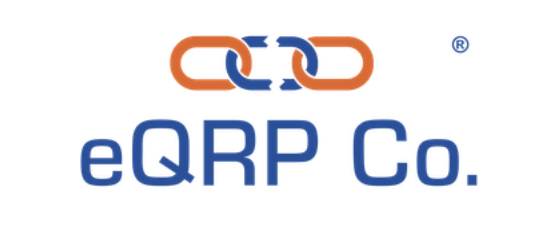What is GRM?
A common metric in multi-family investing is Gross Rent Multiplier (GRM), which measures the price being paid for the rent the asset produces. The lower the GRM, the more favorable. This signifies that the buyer is paying a relatively lower price for the rental income produced.
A simple example: if a buyer pays $250,000 for a property produces $800 per month in rent, the GRM would be $250,000 / ($800 x 12 months) = 26.04. If the buyer pays $300,00, the GRM becomes less favorable at 31.25. GRM becomes more favorable by either paying a lower price or achieving higher gross rents.
Similarities with Other Metrics
P/E: This metric is similar to the Price-to-Earnings (P/E) ratio in stock investing, except the major difference is that GRM measures the price against the gross rental income, not net operating income which takes into account operating expenses. Whereas, in stocks, P/E does not measure the price against gross income, but against earnings, which is net of expenses.
Cap Rate: In multi-family real estate, GRM is used as a metric alongside the cap rate. Where as the cap rate is the ratio of net operating income to the price paid for the asset, GRM measures the price paid to gross rent. Buyers of real estate want to acquire real estate at high cap rates (achieving higher income for the price paid) and at low GRM (paying a lower price for gross rental income).
Caution
GRM is only one metric and should not be used as a primary decision-making metric. Certain drawbacks of GRM is that it does take into account physical and economic vacancy or operating expenses, so an asset with a favorable, low GRM could potentially be a low-cash flowing asset, and if not careful buyers can over pay.
💡Invest Your Retirement w/ eQRP
– How To Use Your 401k To Invest In Real Estate


